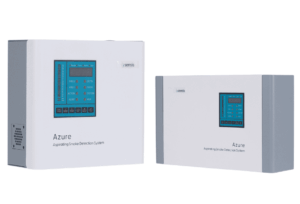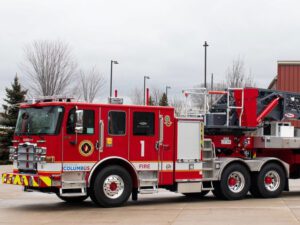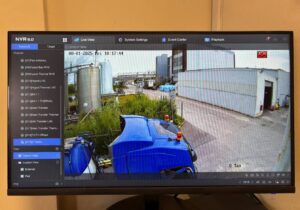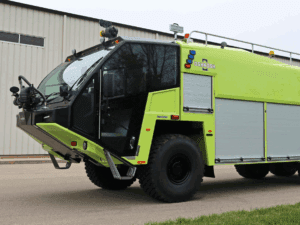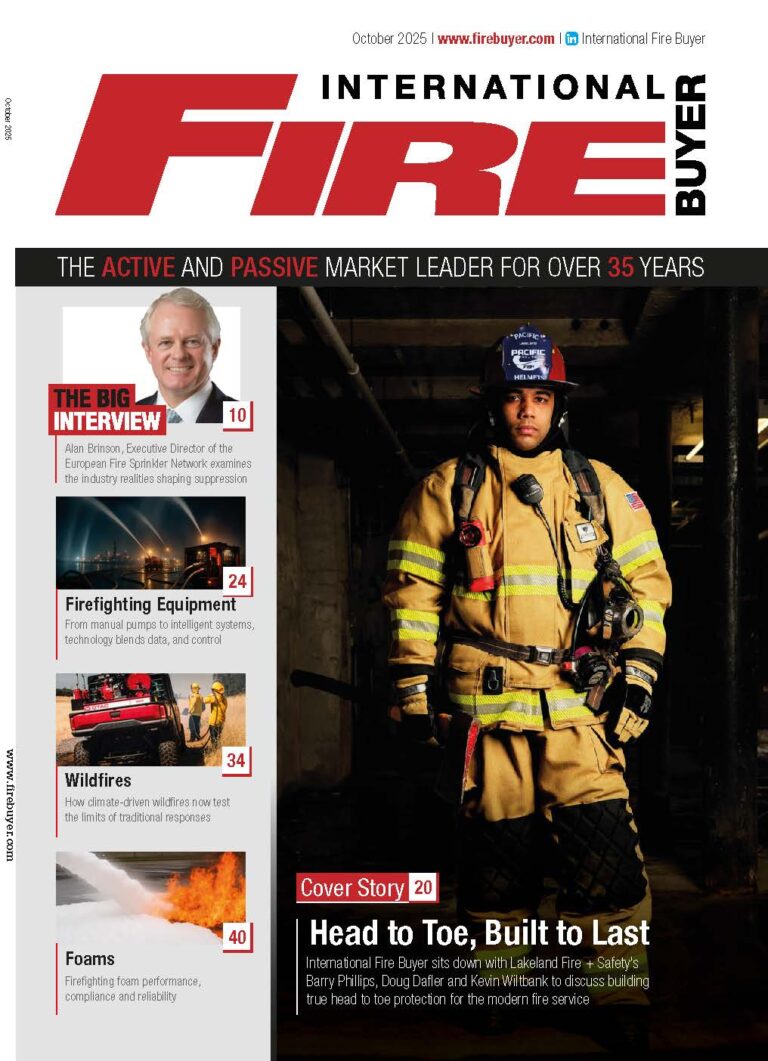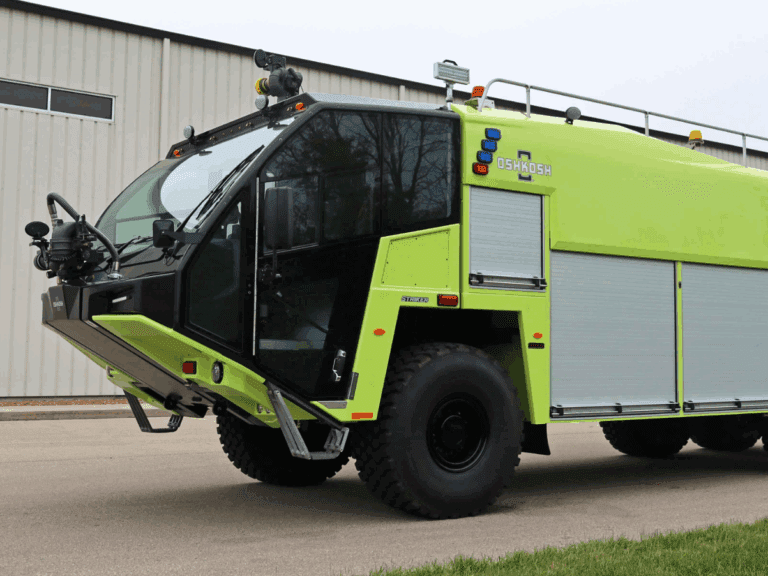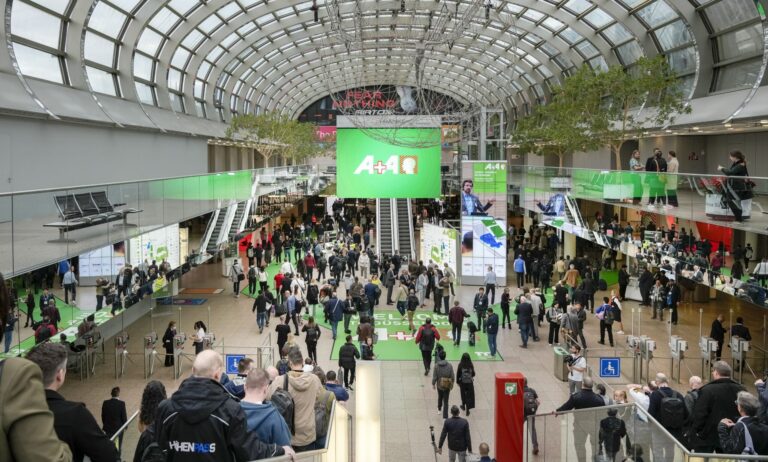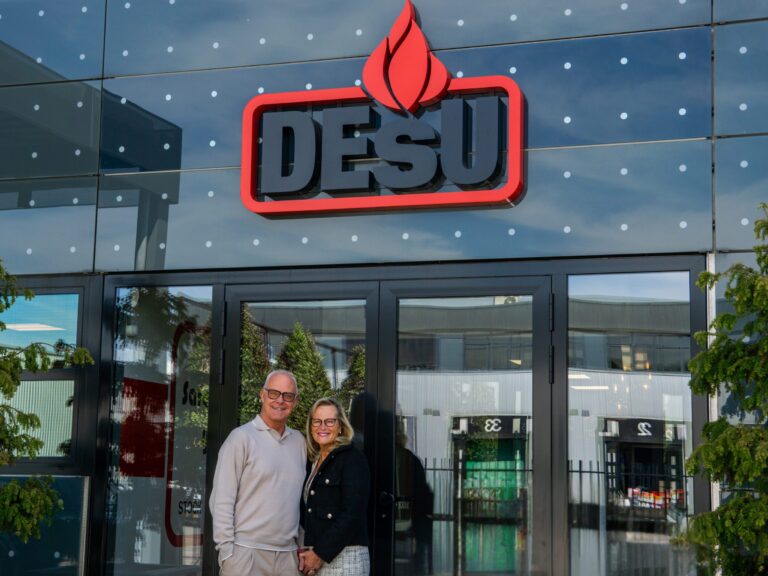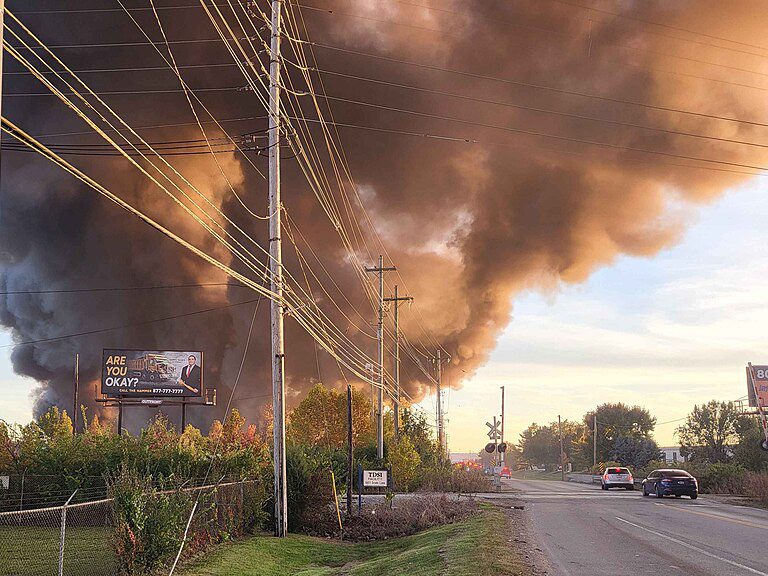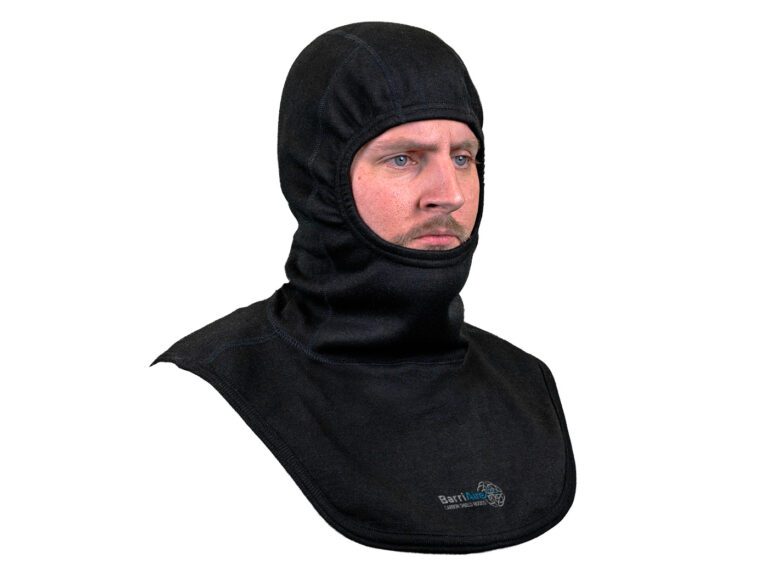Paul Joseph investigates how tool mounts, control systems, pumps and platforms are evolving fire vehicles into mission-driven machines.
From the moment a fire call comes in, every system on a fire appliance is called into action. Whether the scenario demands cutting through a crumpled chassis, drafting water uphill, or deploying across uneven terrain, the vehicle itself must become a seamless extension of the crew.
And increasingly, that readiness is defined not by brute capacity, but by the precision hardware embedded throughout the unit.
Modern fire vehicles are no longer transport shells with bolted-on equipment. They are finely tuned platforms where every mount, light, pump, and control surface has been engineered for interoperability, reliability, and rapid deployment. In an era of diversified risk—from wildland interface to EV collisions to industrial sites—the hardware choices made at the design stage can shape the outcome of the incident.
This article explores the tools, technologies, and systems shaping today’s most advanced firefighting vehicles—from integrated pump panels and modular tool mounts to digital diagnostics and rugged aerials. The companies behind this transformation are helping redefine what readiness looks like when every second matters.
For crews under pressure, access time isn’t a convenience—it’s a safety factor. That’s why mounting systems inside fire vehicles have become a top design priority, evolving beyond passive storage into active response enablers.
PAC Tools remains one of the leading innovators in this space. Their products allow departments to customise equipment layout based on call type, region, or seasonal risk. Unlike fixed mounts, PAC’s modular designs accommodate evolving inventories, making them especially valuable for mixed-role appliances.
Ziamatic, likewise, has redefined secure accessibility with a range of vibration-resistant tool holders. Their systems are widely deployed due to their durability and intuitive design—minimising training time and maximising consistency. Their ladders and cylinder brackets are also built with safety interlocks to prevent movement during transit, a vital safeguard during high-speed response.
More departments are now conducting flow audits—testing tool retrieval during drills to identify and resolve micro-delays. In this context, a reliable mount isn’t just a convenience; it’s a silent collaborator, ensuring muscle memory works under pressure.
No two firegrounds are alike, and that’s never truer than in wildland or WUI (Wildland Urban Interface) deployments. In these terrains, fire vehicles must be compact, agile, and self-reliant—built not just to carry water and tools, but to survive punishing heat, dust, and gradients.
Vallfirest, based in Spain, has become synonymous with wildland readiness. Their compact firefighting kits, integrated into ATVs or lightweight units, provide decentralised suppression for difficult-to-access zones. But they go further—designing storage systems, cab protections, and nozzle supports that specifically withstand forest fire conditions.
The company’s VFT Tools are designed to mount neatly within wildland vehicles, offering lightweight, modular response without compromising mobility. Their approach reinforces a growing trend: vehicle equipment isn’t just about what can be carried, but how seamlessly it supports dynamic operations in unforgiving settings.
As climate change pushes fire lines into more varied topographies, the ability to rapidly outfit and reconfigure vehicles for wildland response is becoming essential.


